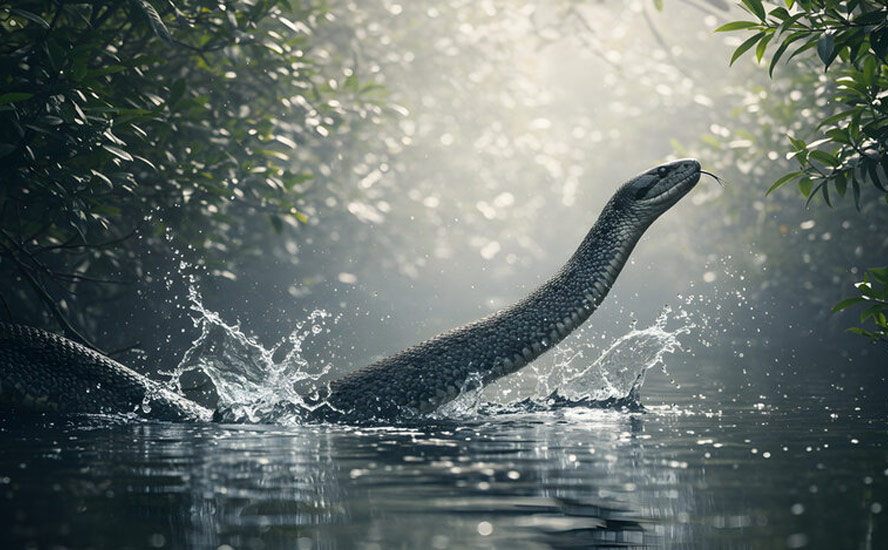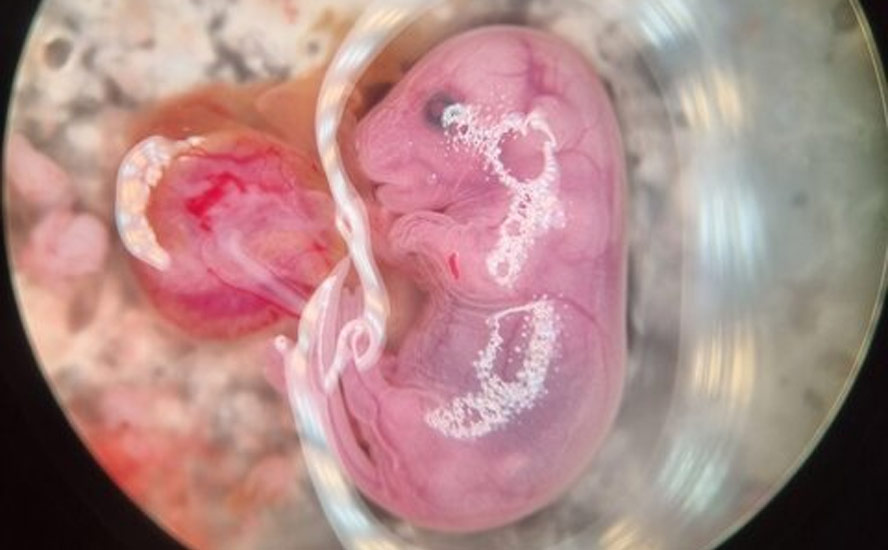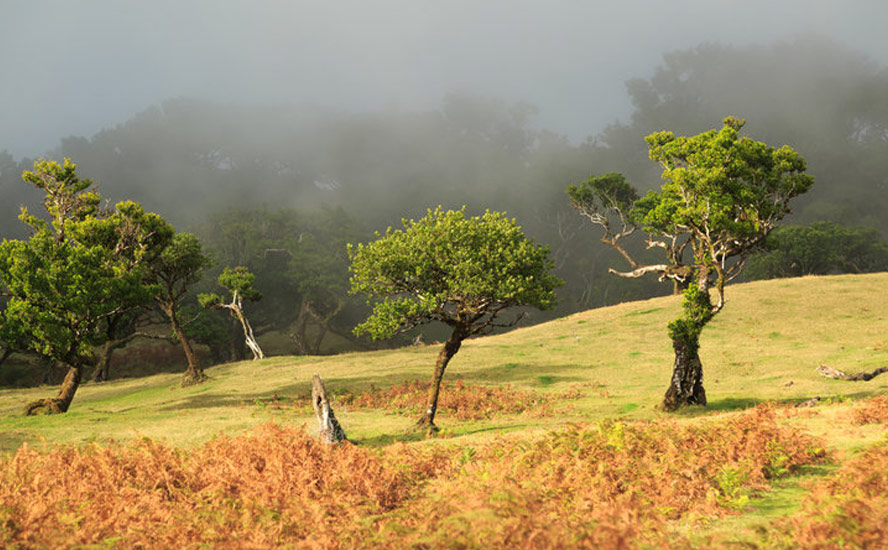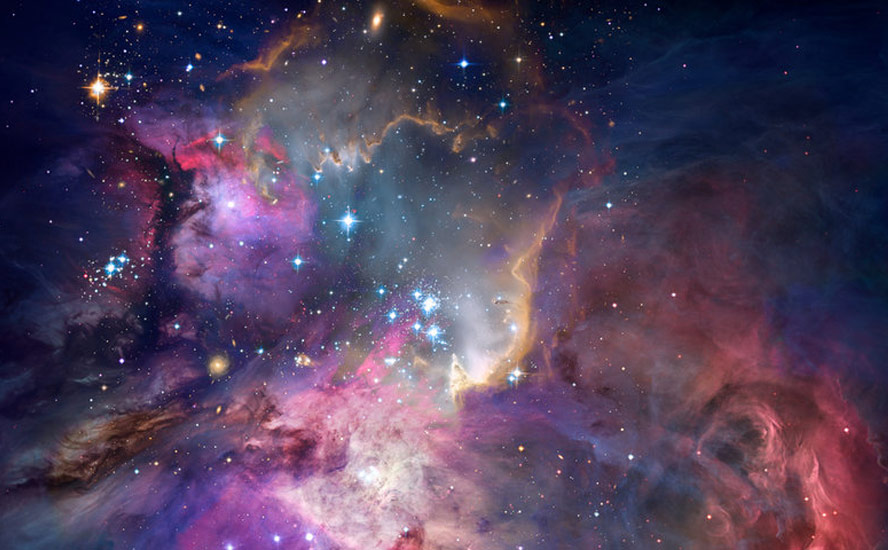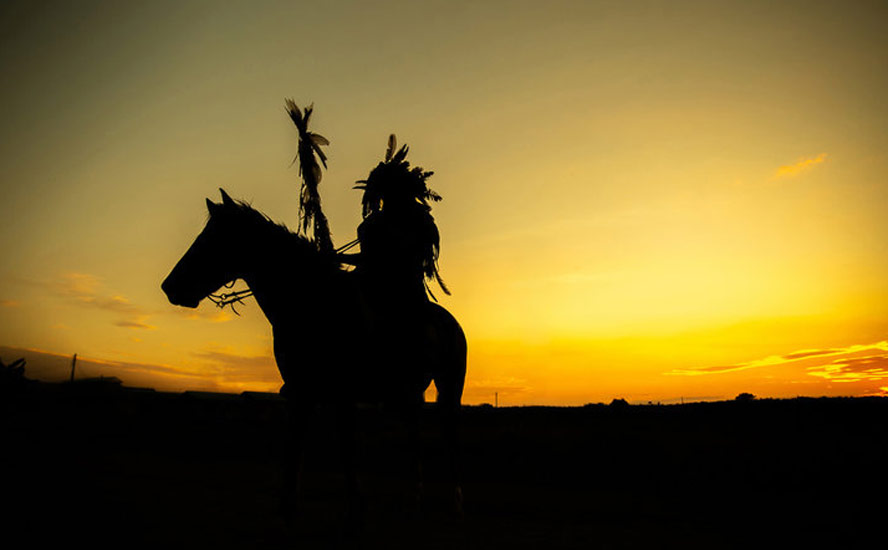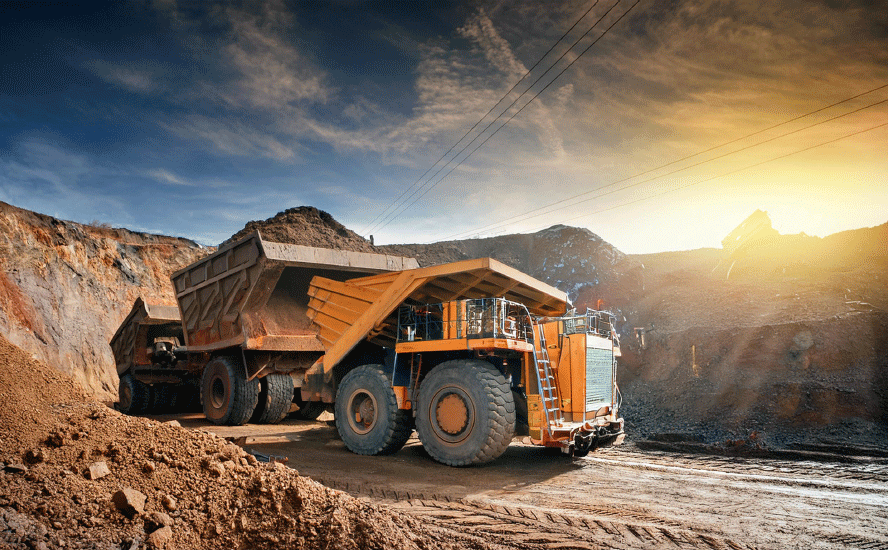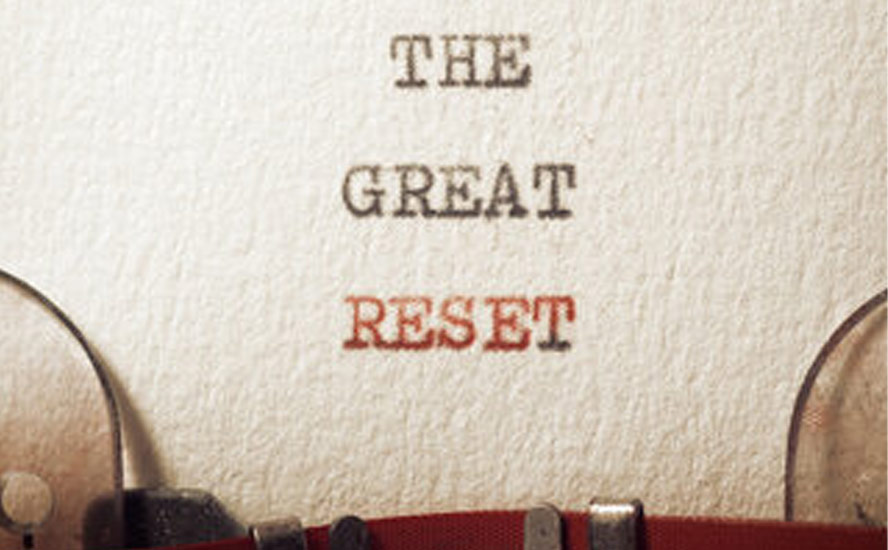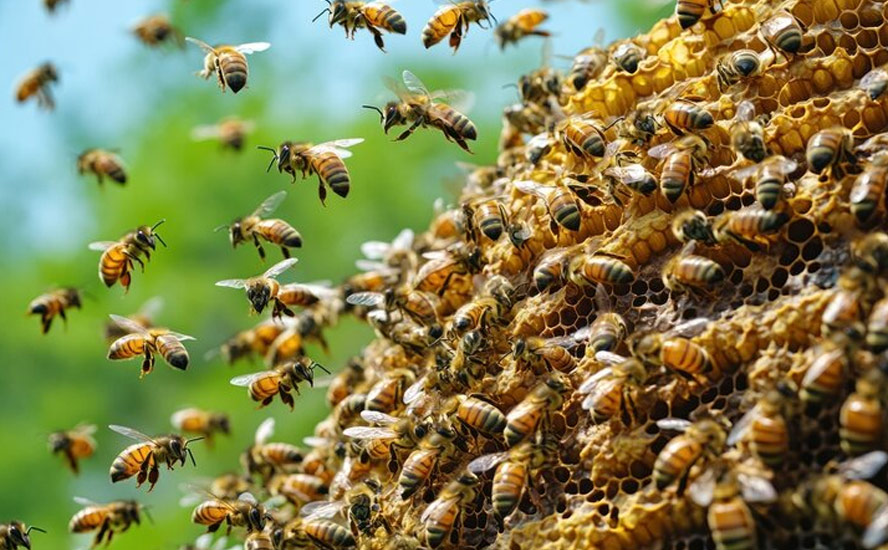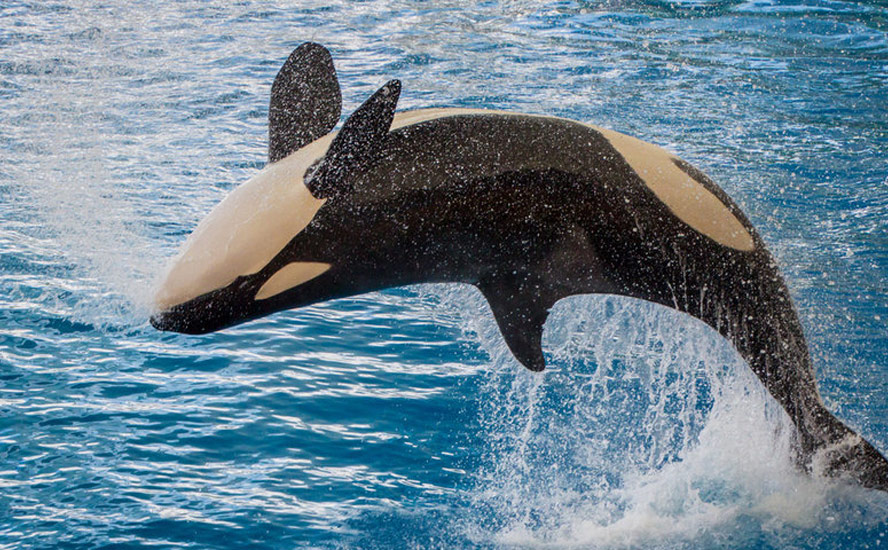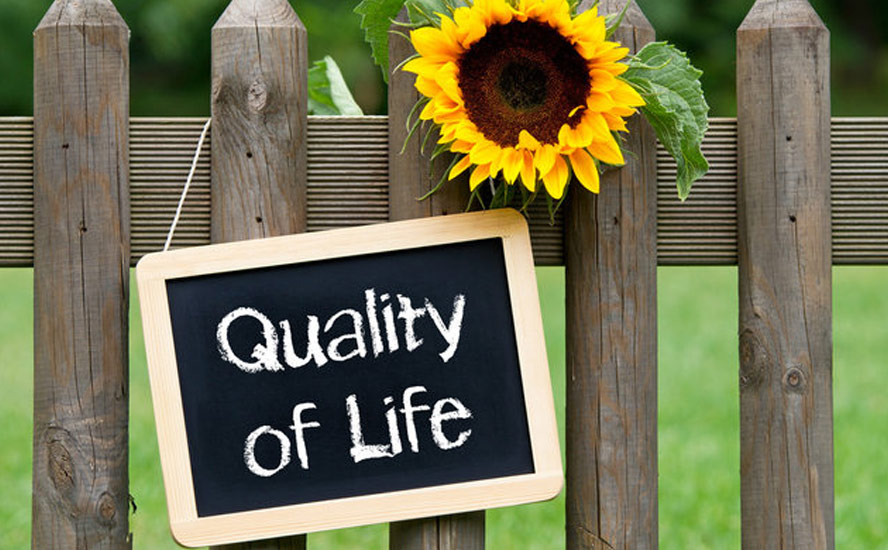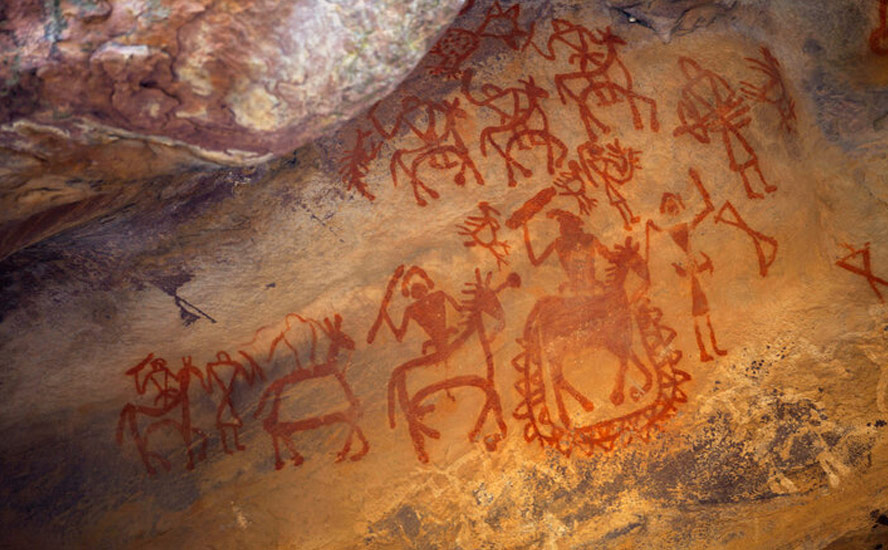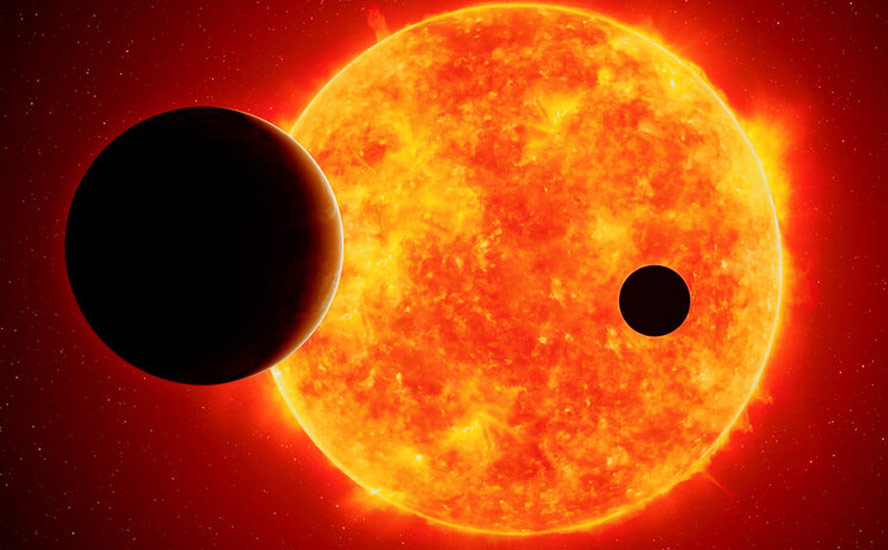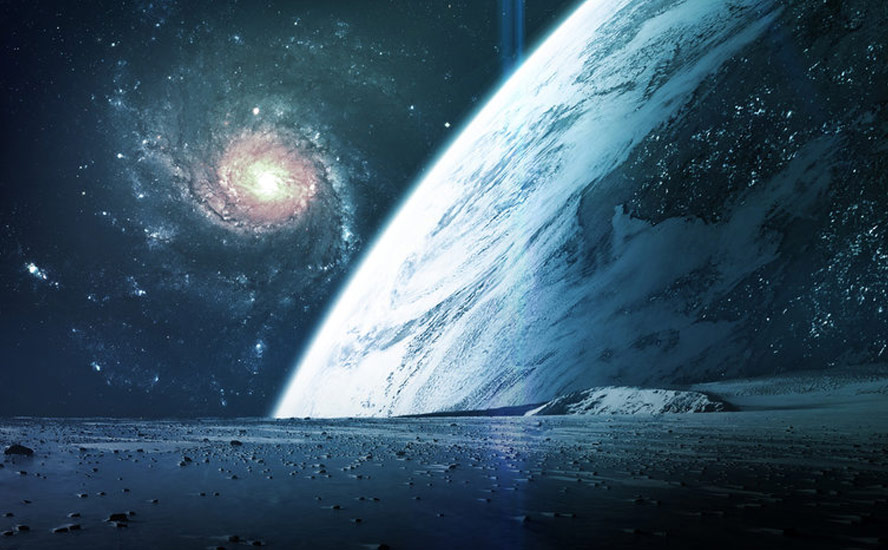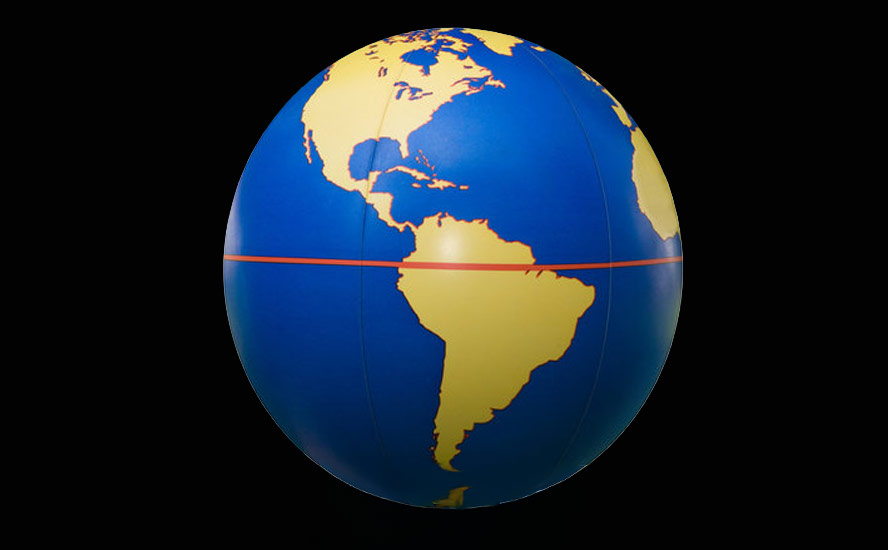Hunger stones, wrecks and bones
2022.09.03
Hundreds of years ago, early Europeans hit with a devastating drought thought up a way to warn future generations of what could happen if river levels dropped to a dangerous level: they carved messages into exposed boulders.
One stone recently found embedded in the Elbe River, which runs from the Czech Republic through Germany to the North Sea, dates to a drought in 1616. The warning reads, “Wenn du mich seehst, dann weine” – “If you see me, weep.”

The so-called “hunger stone” at the Czech town of Decin, near the German border, is one of dozens in central European rivers like the Elbe, Rhine, Danube and Mosel, warning of the famine/ hardship likely to follow each time they became visible.
The hunger stones last emerged during Europe’s 2018 drought, and this year the same phenomenon is happening. Only it’s not just rocks that are showing up in the receding waters, but the remains of ancient buildings/ relics/ infrastructure, World War II-era ships and bombs, and in the southwestern US, the macabre discovery of dead bodies.
Europe
This is hardly surprising in Europe, which is currently suffering its worst drought in 500 years. AccuWeather reports nearly half of the continent (47%) is experiencing drought conditions, with another 17% under a drought alert, meaning vegetation is showing signs of stress.
As of Monday, Aug. 29, Spain, Portugal, France and the UK all saw temperatures soar over 40 degrees Celsius, with the Iberian Peninsula experiencing a string of days with maximum temps above 35C.
According to the Spanish Meteorological Service, July was the hottest month ever recorded in Spain, and one of the three warmest Julys on record, globally. In Madrid, for example, rainfall from May through Aug. 28 was only 7% of average.
The hot weather has caused widespread and highly unusual evaporation on some of Europe’s major rivers.
A number of fascinating items have emerged from the receding river waters. They include:
- A 14th century bridge in Villarta de los Montes, central Spain between Madrid and Seville, that is a good example of Mudejar-Gothic civil engineering. Since 1956 the bridge was hidden by the Cijara reservoir, but the current drought has uncovered it.

- Also in Spain, the remains of the Aquis Querquennis Roman fort (3rd century AD) in the northwestern province of Galicia. The site vanished beneath the As Conchas reservoir in 1949 but its full 2.4 hectares are now visible.

- Another depleted reservoir in Galicia has exposed the submerged village of old Portomarin, while the evaporating Valdecanas reservoir has revealed a prehistoric stone circle dubbed the “Spanish Stonehenge”.
- Italy’s longest river, the Po, whose water level is at a 70-year low, has reportedly yielded the remains of an ancient hamlet in Piedmont. More relics to emerge from the river include the wreck of a barge sunk during World War II, a Nazi military vehicle, and a 450-kilogram bomb whose discovery required the evacuation of more than 3,000 people.
- In Lombardy, Italy, timber foundations dating back to the Bronze Age have risen from the River Oglio, while in Rome, a receding Tiber River has revealed the remains of a bridge believed to be built during the 1st century AD reign of Roman Emperor Nero.
- Further north, the once in five centuries drought has re-surfaced a fleet of 20 Nazi German warships, found in the muck of the extremely low River Danube. The fleet was reportedly scuttled in 1944 as the Germany army retreated from Soviet forces. Many more ships are thought to be buried under the river’s sandbanks.
- In Germany a village called Berich, 12 meters underwater since 1913, can now be visited on foot.
Along with unveiling hidden artifacts, ancients forts, cities and WW2-era military equipment, the drought has also affected food production. Only half of France’s corn crop is in good or excellent condition, as the country experiences its worst dry spell on record. The European Union forecasts that corn yields this year could drop by nearly a fifth, adding to food inflation and boosting feed costs for farmers, who are already plagued with exceptionally high diesel and fertilizer prices.
The trading bloc says that compared with the average of the previous five years, harvests are down 16% for grain maize, 15% for soybeans and 12% for sunflowers.
Making matters worse for farmers, on Aug. 28 Zero Hedge reported that a wave of ammonia-plant shutdowns due to soaring natural gas prices has resulted in a fertilizer crunch that is worsening by the week, with as much as 70% of production offline.

The lack of rainfall has also meant that less freight can be transported, leading to shipping delays on the Rhine and higher costs. One source found that boats are only being loaded to 30-40% capacity, to avoid running aground, and that the disruption could knock up to half a percentage point off Germany’s economic growth.
The drought too has worsened Europe’s energy crisis, brought about by cuts to Russian natural gas shipments owing to the war in Ukraine. According to the BBC, low water levels have caused hydropower generation in Spain to drop by 44%, and 20% overall. Some nuclear power plants in France have had to reduce output because rivers have been too low and warm to cool the plants.
The latest report from the Global Drought Observatory, via the BBC, warns that nearly all of Europe’s rivers have dried up to some extent, and that the situation is worsening in several countries including Italy, Spain, Portugal, France, Germany, the Netherlands, Belgium, Luxembourg, Romania, Hungary, northern Serbia, Ukraine, Moldova, Ireland and the UK.
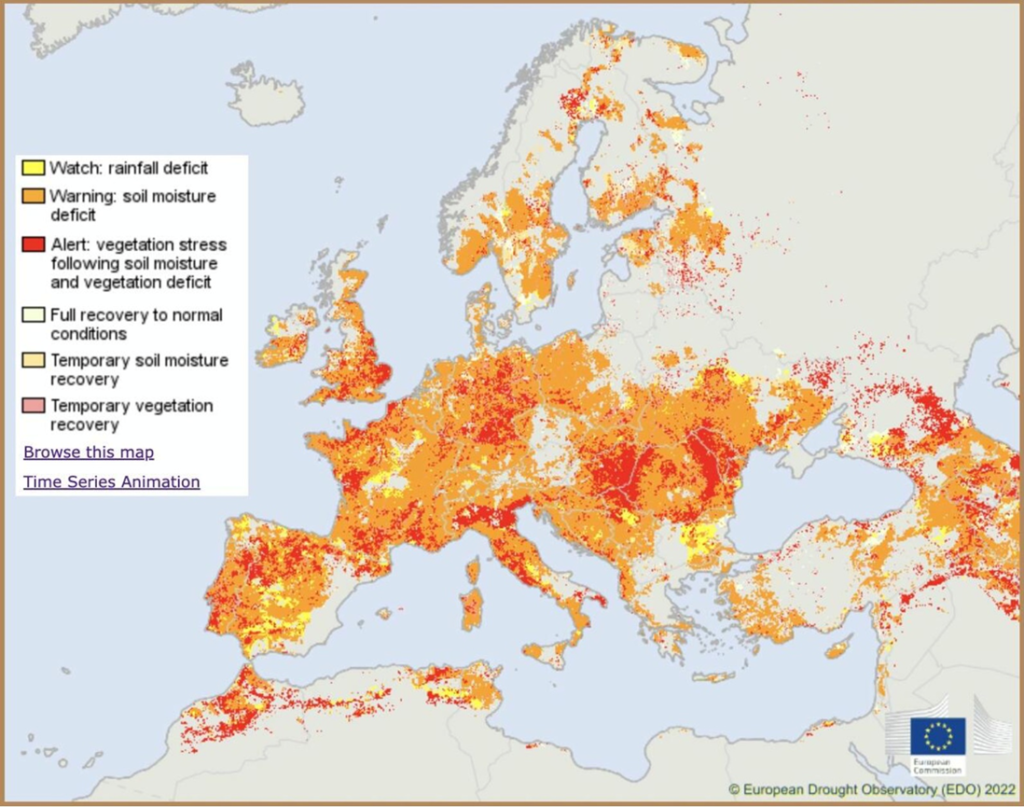
As for how long the drought could last, the report says several months more in Europe’s southern regions and at least until November along the European Mediterranean.
Beyond Europe, a long hot summer has resulted in severe drought conditions in the south-central and south-western United States, China and the Horn of Africa.
China
A brutal heat wave in the world’s most populous country on Aug. 19 triggered a nationwide drought alert because it was anticipated that the ongoing hot weather in the southwest will last well into September, Business Insider said. On Aug. 21, China’s four-tiered weather warning system for extreme heat issued a red alert for the 10th day in a row, according to the Chinese news agency People’s Daily.
Meanwhile, decades of economic and population growth have pushed northern China’s water system to unsustainable levels. According to a recent report by Foreign Affairs, via Zero Hedge, the per-capita water supply around the North China Plain at the end of 2020 was nearly 50% below the UN’s definition of acute water scarcity at 253 cubic meters. Other major cities, including Beijing, Shanghai, Tianjin, are at similar (or lower) levels.
For comparison, Egypt had per-capita freshwater resources of 570 cubic meters, and has nowhere near as large of a manufacturing base as China.
Also worrisome, is that 19% of China’s surface water is not fit for human consumption according to China’s Ministry of Ecology and Environment. Roughly 7% was deemed unfit for any use at all.
Groundwater was worse – with around 30% considered unfit for consumption, and 16% unfit for any use.
Africa
Drought has also been declared in the Horn of Africa, where more than 18 million people in Ethiopia, Somalia and Kenya face severe hunger after four consecutive years of lower-than-average rainfall.
The World Economic Forum says a combination of climate change, armed conflicts, rising food and fuel prices and the impact of covid-19 are factors behind the crisis. The war in Ukraine has resulted in a lowering of crucial wheat and fertilizer shipments to the Horn of Africa. At the same time, the drought has had a devastating effect on farming, states the WEF, with millions of livestock deaths and significant drops in food production because of failed harvests. The UN says the cost of an average food basket has risen by 66% in Ethiopia and by 36% in Somalia, leaving many people unable to afford even basic items.
United States
Previously we reported on the June “heat dome” that settled over much of the United States. Heat advisories stretched from Central Texas east to Georgia, South Carolina and Virginia and by mid-June, nearly one-third of the US population was under a heat advisory.
We also covered the disturbing “deadpool” trend.
Lake Mead, America’s largest manmade reservoir, and a source of water for millions, in April fell to an unprecedented low. Mead has been shrinking amid a 22-year mega-drought (it’s actually the worst drought in 1,200 years) and is currently just one-third full.
According to NASA Earth Observatory, at the end of July the elevation at Hoover Dam was 325 meters above sea level, the lowest since April 1937 when the lake was still being filled. This is 40 meters lower than at the end of July 2000.


Business Insider reported that for the first time in 40 years, parts of the Rio Grande ran dry in the last week of July.
Like in Europe, the low water levels are telling secrets that have been hidden for decades. CBS News reported this week that missing persons cases have re-opened after human remains surfaced in the receding Lake Mead reservoir on five separate occasions — along with a sunken World War II-era boat and schools of dead fish.
Authorities in Las Vegas reportedly identified bones found along part of Lake Mead’s newly exposed shoreline as the remain of a 42-year-old man presumed to have drowned 20 years ago. Coroner’s investigators are also working to identify a man killed by a gunshot after his remains were found in a rusted barrel, as well as partial human skeletal remains found July 25 and Aug. 6 near a swimming area.
NASA notes the low water level comes at a time when 95% of the land in nine Western states is affected by some level of drought — 64% is classified as extreme or worse.
West Virginia is currently the only state on the latest US Drought Monitor, below, to be completely free of drought.
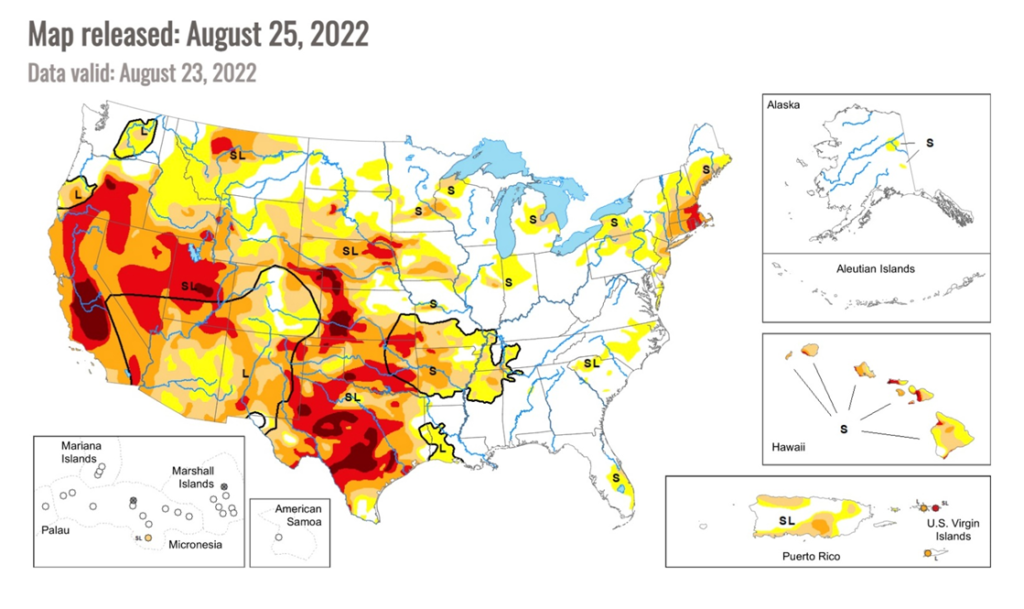
.Severe drought is forcing many US farmers to destroy their crops. Citing a 15-state survey by the American Farm Bureau Federation, an Epoch Times article reported in August that 37% of farmer are plowing through and killing existing crops because they won’t reach maturity, due to the dry conditions. This compares to 24% in 2021. One-third of respondents said they were destroying and removing orchard trees and other multi-year crops, almost double last year’s 17%.
They expect average crop yields to drop 38% this year due to drought, with the biggest reductions in Texas (-68%), Oklahoma (-60%) and New Mexico (-54%).
“It’s extremely tough right now. We’ve been through lots of droughts before, but this one is unprecedented. You always get little showers off and on. But we haven’t had any showers to speak of at all. That’s the difference with this one,” Kyle Foster, a cattleman from Cross Plains, Texas, told The Epoch Times.
Conclusion
Dried-up rivers and alarmingly low reservoir levels are manifestations of climate change.
Heat, that is getting worse every year and in some parts of the world is becoming literally unbearable, is inextricably linked to droughts and fresh water loss. Here’s how it works: a lack of precipitation in the mountains from a new or prolonged drought leads to a low snow pack, lessening the annual freshet that fills up rivers, that convey fresh water into lakes and reservoirs. If this cycle continues year after year, hydro-electric power generation is imperilled, because the reservoirs are too low, as well as nuclear power generation that depends on vast amounts of water to run water-cooled nuclear reactors. This leads to blackouts, when residents and businesses who are running their air-conditioning full tilt to get some relief from the scorching heat, find the grid is overwhelmed. In future, there simply won’t be enough water to supply the amount of electricity required.
Meanwhile, our global food supply, already in jeopardy due to the war in Ukraine, and drought conditions in many parts of the world, is likely to become even more tenuous.
Remember, heat waves, which are expected to become more frequent and more intense, could cause up to 10 times more crop damage than is currently projected. The United States experienced about $12 billion in crop losses last year, of which 82% was due to drought and wildfires.
The remarkably small global resource of fresh water — only 0.007% of water is available for drinking, feeding or fueling — is in serious peril due to climate change, increased demand and polluted water supplies.
According to the UN, demand for water is expected to grow 55% by 2050, with most of the need (70%) driven by irrigation, to feed the expanding global population, expected to hit 10 billion by 2050. Water for energy use is forecast to rise by 20%.
The supply won’t be enough to satisfy everyone. By 2025, 1.8 billion people will live in areas where water is scarce, and two-thirds will be residents in water-stressed regions, reports National Geographic. Read more
Between extreme heat and a lack of fresh water, areas of planet Earth may soon become inhabitable, putting an even greater strain on existing finite natural resources, and increasing competition for them.
Richard (Rick) Mills
aheadoftheherd.com
subscribe to my free newsletter
Legal Notice / Disclaimer
Ahead of the Herd newsletter, aheadoftheherd.com, hereafter known as AOTH.
Please read the entire Disclaimer carefully before you use this website or read the newsletter. If you do not agree to all the AOTH/Richard Mills Disclaimer, do not access/read this website/newsletter/article, or any of its pages. By reading/using this AOTH/Richard Mills website/newsletter/article, and whether you actually read this Disclaimer, you are deemed to have accepted it.
Any AOTH/Richard Mills document is not, and should not be, construed as an offer to sell or the solicitation of an offer to purchase or subscribe for any investment.
AOTH/Richard Mills has based this document on information obtained from sources he believes to be reliable, but which has not been independently verified.
AOTH/Richard Mills makes no guarantee, representation or warranty and accepts no responsibility or liability as to its accuracy or completeness.
Expressions of opinion are those of AOTH/Richard Mills only and are subject to change without notice.
AOTH/Richard Mills assumes no warranty, liability or guarantee for the current relevance, correctness or completeness of any information provided within this Report and will not be held liable for the consequence of reliance upon any opinion or statement contained herein or any omission.
Furthermore, AOTH/Richard Mills assumes no liability for any direct or indirect loss or damage for lost profit, which you may incur as a result of the use and existence of the information provided within this AOTH/Richard Mills Report.
You agree that by reading AOTH/Richard Mills articles, you are acting at your OWN RISK. In no event should AOTH/Richard Mills liable for any direct or indirect trading losses caused by any information contained in AOTH/Richard Mills articles. Information in AOTH/Richard Mills articles is not an offer to sell or a solicitation of an offer to buy any security. AOTH/Richard Mills is not suggesting the transacting of any financial instruments.
Our publications are not a recommendation to buy or sell a security – no information posted on this site is to be considered investment advice or a recommendation to do anything involving finance or money aside from performing your own due diligence and consulting with your personal registered broker/financial advisor.
AOTH/Richard Mills recommends that before investing in any securities, you consult with a professional financial planner or advisor, and that you should conduct a complete and independent investigation before investing in any security after prudent consideration of all pertinent risks. Ahead of the Herd is not a registered broker, dealer, analyst, or advisor. We hold no investment licenses and may not sell, offer to sell, or offer to buy any security.
Legal Notice / Disclaimer
Ahead of the Herd newsletter, aheadoftheherd.com, hereafter known as AOTH.Please read the entire Disclaimer carefully before you use this website or read the newsletter. If you do not agree to all the AOTH/Richard Mills Disclaimer, do not access/read this website/newsletter/article, or any of its pages. By reading/using this AOTH/Richard Mills website/newsletter/article, and whether you actually read this Disclaimer, you are deemed to have accepted it.

